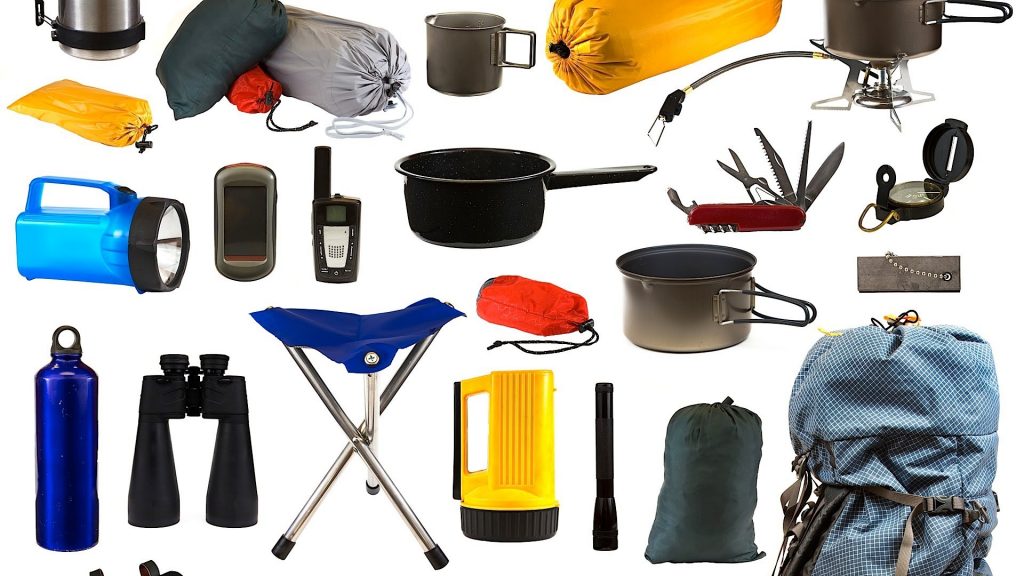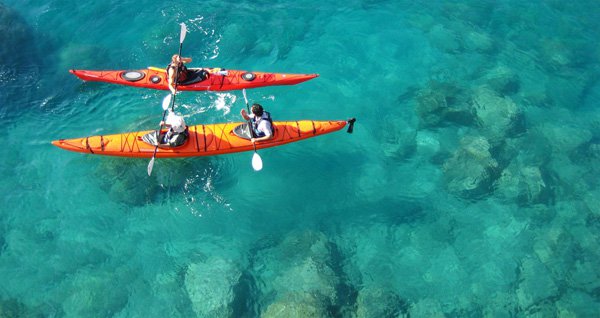How can you tell how well a ski carves?
Question
how can you tell how fast and well the ski carves.
Answer
Hi Dustin-
Thanks for the question- it's a tough one. Are you asking how to tell while in a ski shop, or how to measure carving performance when out on the hill?
I can't think of a single ski that I could accurately predict skiing performance in the shop. There are just too many variables involved.
When I test skis, I consider several factors independently, and then as a whole. I start a run by straight-running, gradually rolling edge-to-edge to feel the skis side-cut. I can balance in a carve a lot easier (and slower) on a ski with a 10 meter radius than I can on a ski with a 30 meter radius, but both skis are going to carve well- just at much different speeds.
This rolling activity is when I can usually tell how the ski is mounted as well- manufacturers differ as to where your boot should be in relation to the sidecut. Sometimes I like where they are mounted, sometimes I don't- but if I know that (for instance) a ski is mounted too far forward, then I'll also know that it will feel torsionally soft, even though it may not be. I've tested some skis that felt horrible in the factory recommended position, and skied great mounted just a centimeter back.
If you do some round, short radius turns, you can also tell a lot about the tune on the ski- how sharp the edges are, if the bevel is accurate, and what texture the stone grinder put on the base (coarse for wet snow, fine for dry snow). A crappy ski with a good tune is going to test better than a great ski with a crappy tune.
Next, I'd do some longer radius turns, alternately pressing into the tips, then standing more over the arch of the foot, then rocking in a ball-arch-heel motion. Some skis really like to be loaded up front, others just want to be rolled side-to-side. In a shop, I can generally tell if a ski is designed to be skied aggressively based upon the transition of the sidecut at the tip. If the sidecut continues outward even as the tip starts to rise, then the manufacturer expects you'll ski in more of an attack stance. A spoon nose tip offers little response to the same type of pressure. I'll add speed, and start to push the skis limits- considering how quickly the ski changes edges (The Blizzard X-cross is an example of a ski that is unusually quick and agile), whether I have to adjust my stance to prevent boot-out, etc. My Nordica Hot-Rod Modified's became the perfect ski to me, when I realized I could tip 'em all the way over without hitting my boots on the snow- where-as my Dobermann Slalom's boot-out easily if I don't maintain shin pressure. This doesn't mean one ski is a better carver than the other, just that the Hot-Rod's have a bigger sweet spot, and less chance for error.
So I'm looking at the skis preferred stance, it's quickness, it's edge-hold and torsional rigidity. I consider it's flex pattern, and how well mated the binding interface is to the skis overall design.
Finally, I consider the Yahoo factor- am I having fun, or am I wishing the ski had one or two minor changes.
Flexing a ski in a shop does not provide much information- sure, you can tell if a ski is soft or stiff, or torsionally forgiving- but rarely does the information you gain translate into something useful. Instead, look at the manufacturers cheat-sheet on the ski:
Look at the radius- the lower the number, the slower you need to go to be able to carve, but the less stable you'll feel at higher speeds. Slalom skis run anywhere from 9-13 meters, GS Skis are 21-28 meters, and require higher speeds to balance on both skis edges.
Some skis, like Atomic, use a naming convention that describes both the skis flex (like 7, 8, 9, or 10), and Radius (11, 18, 22) so an Atomic 9-22 is a pretty stiff, 22 meter ski.
Look at the waist width- a ski that is 62 under the foot is going to be quicker edge-to-edge than a ski that is 74 underfoot, but at the expense of greater risk of boot-out.
It's a lot to consider- but it really comes down to feel- a few minutes sliding on a ski reveals a whole lot more than an hour fondling it in a shop.
I hope this helps,
Ron
Jr. Racing Equipment
Ski Jobs


